A wildly fun and inventive twist on the found footage genre that’s flawlessly executed, “Do Not Watch” is, in fact, essential viewing.
Every once in a while, a film comes along to break out of the confines of its crowded subgenre, rising above a sea of similitude to shine as a beacon of originality and reminding us that talented creators can always find a way to surprise us — no matter how jaded or disentranced we become.
Do Not Watch begins with some simple text on a black screen:
What you are about to witness is a compilation of the events surrounding the disappearance of a post-production crew as they worked on research footage from the 1980s. This film is being presented in its original unaltered form. The cause of the unknown Editor’s growing madness and their cautionary messages continue to be studied.
The footage, we are told, was found on a hard drive labeled: DO NOT WATCH.
What follows is a cleverly constructed film-within-a-film-within-a-film, interconnecting three distinct timelines to explore a decades-spanning mystery.
In the present day, a dogged documentarian (Alix Angelis; The Cleansing Hour, Imaginary) is investigating an incident where several employees of post-production studio Illusion Post disappeared while editing footage from the 80s related to something called The Bunker Anomaly.
In that recovered footage, sold to Illusion Post owner Abraham Lorentz (Garth Wynne-Jones), a scientist named Dr. Sommerfeld (John Henry Richardson) journeys into the woods with two of his research students, Jamie (Sara Fletcher; House of Darkness) and Faraday (Greg Scalu), to search out a hidden bunker, based solely on some notes left behind by Sommerfeld’s missing colleague.
Upon finding the hidden bunker beneath a hatch in the middle of nowhere, the trio enters to encounter a mysterious locked door. While plagued by strange phenomena, they repeatedly debate whether they should remain in pursuit of answers or exit the bunker to safety. Clearly, they should go. Yet, something compels them to stay.
It’s the genius of a title like Do Not Watch that instantly triggers our subconscious desire to embrace the forbidden and crave what we know we’re not supposed to have.
The genius of the film itself is knowing as a viewer, even as horrors unfold and inevitable doom approaches, we have no desire to stop watching.
Sommerfeld observes there are two powerful forces at work: one that will stop at nothing to be released and one that fights to contain it. While he may have been referring to something much greater and more omnipotent than mere mortals, he might as well have been dissecting human nature itself.
Within each of us is a persistent push-pull of fear versus curiosity, instinct versus external pressure, and reason versus intrigue. It’s what drives everyone in this film, each struggling with competing internal forces.
As viewers, we become implicit participants, watching footage we’re repeatedly told not to watch, footage that repeatedly destroys the lives of everyone who encounters it. Yet we must watch. We want to know. We have to know. Ominous warnings and admonitory signs, be damned.
Despite what sounds like a somewhat layered and complex storyline, Do Not Watch never feels too disorienting. It’s easy to know where you’re at in the timeline and follow the chain of events. Each story boasts its own unique style and visual cues that make them feel distinct while ensuring the segments all feel interconnected to create a cohesive storyline.
Technically, Do Not Watch fires on all cylinders, buoyed by outstanding performances.
The film is also a love letter to the unsung heroes of filmmaking, the editors.
Not only is one of the primary protagonists in the film and one of the most memorable characters an editor (Ezekiel Ajeigbe), but we also get to see him at work, hear him talk about what he does, and understand how vital his work is to the success of the project.
As things go from bad to worse, he’s reluctant to quit because of how much he values the opportunity to serve as lead editor on his first film.
There’s also the continuous presence of the unseen editor, the person responsible for splicing together the three different timelines and inserting multiple textual warnings and subliminal messages throughout the film, urging us to stop watching.
The editing in Do Not Watch is itself extraordinary. While great editing is something you rarely notice, the work done by editor Tyler L. Cook (Daisy Jones & The Six, Archive 81, Preacher) really shines here. Inventive and engaging, it’s essential to ensuring the film works as well as it does.
I must also give credit to the fantastic and atmospheric sound design.
And, of course, I’d be remiss if I didn’t mention the outstanding performances. Each timeline is engaging, thanks to a large ensemble cast that effectively sells every minute of the tension, confusion, and escalating chaos.
There isn’t a single moment of director Justin Janowitz’s Do Not Watch that feels dull or uninspired. With a wickedly smart screenplay from Ryan Toyama, it’s mysterious, thrilling, dread-inducing, and utterly captivating from beginning to end.
This is truly one of the strongest and most memorable found footage films I’ve seen in years, and I hope it finds the wide audience it deserves.


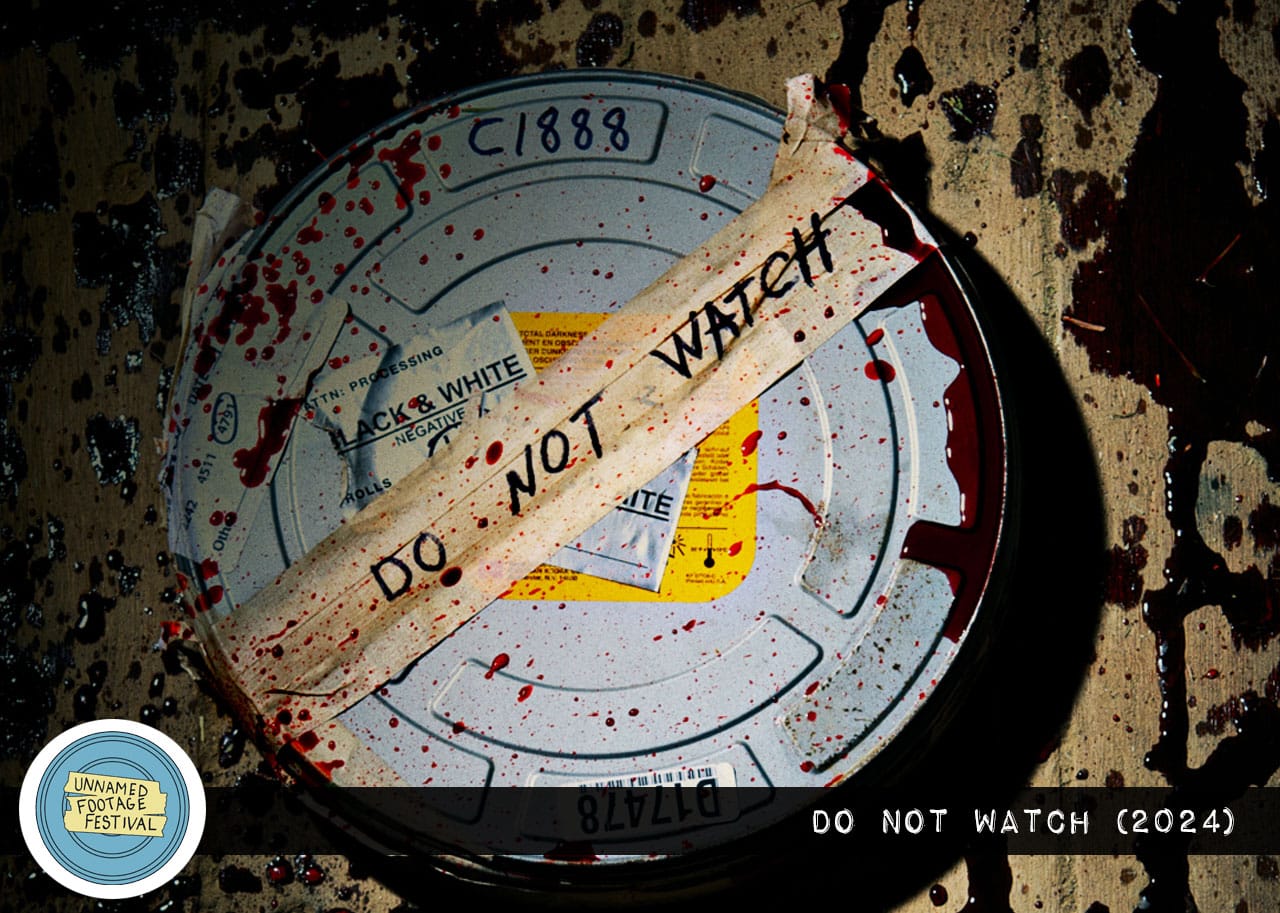
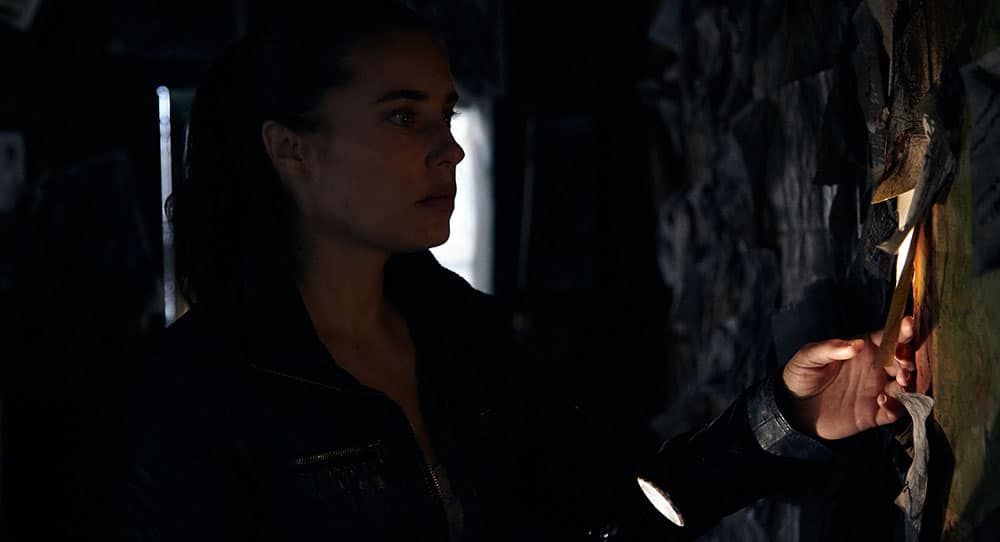
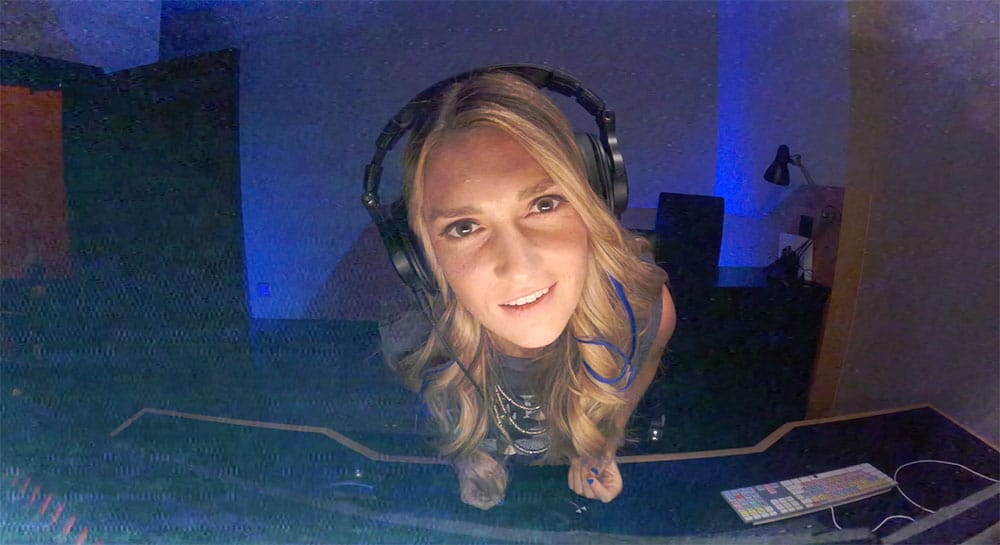
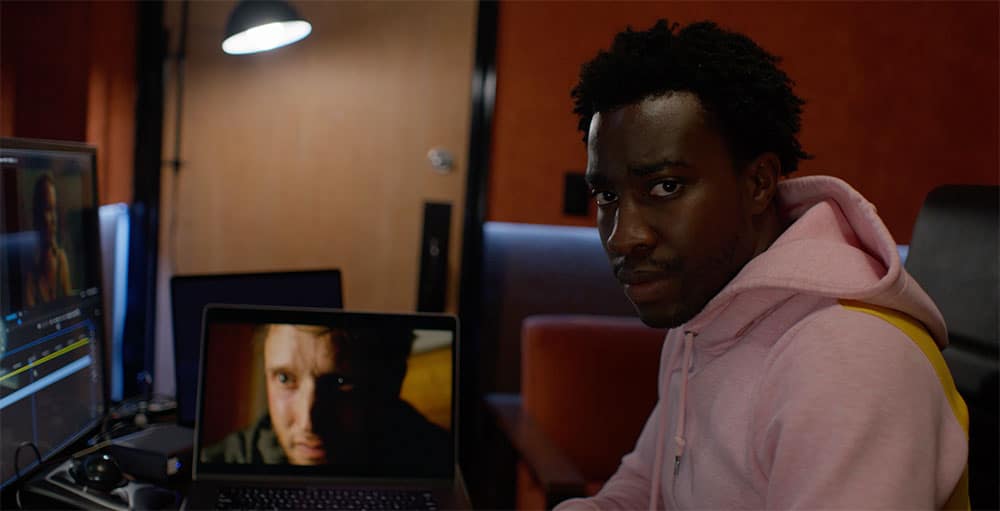
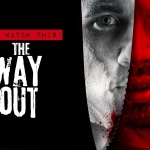
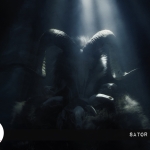

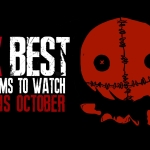












2 Comments
2 Records
Skip Waugh wrote:
Stephanie Malone wrote:
I’m so glad you loved it, too. It really surprised me with how creative and compelling it was. I agree that it would be wonderful to see more films in this universe… or at least more from this talented filmmaker. Thanks so much for reading and sharing your thoughts!